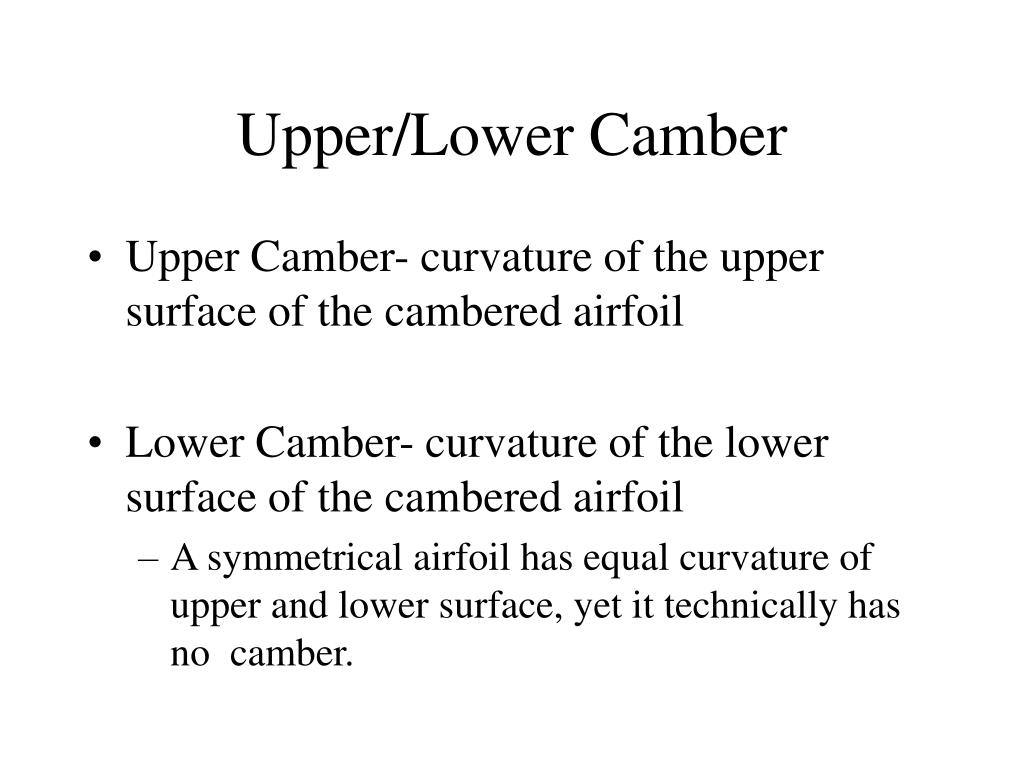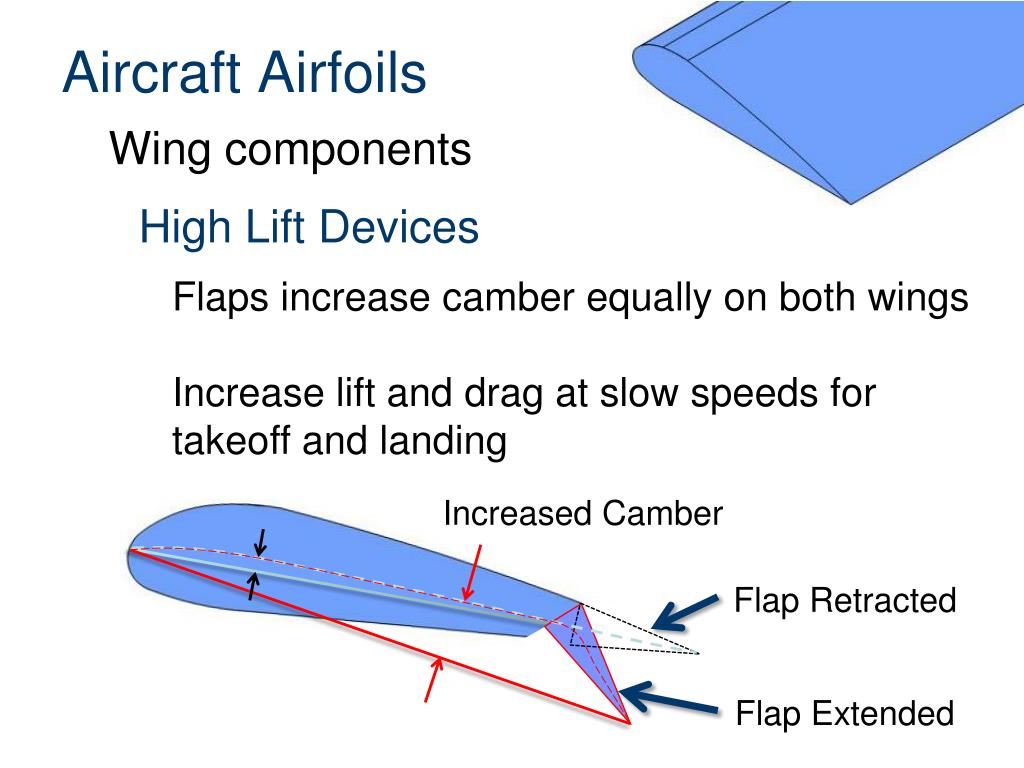
The proposed mathematical model is developed to examine the new airfoil sections as an illustrative application. An iterative computer program is structured using FORTRAN language. A mathematical model to represent the power prediction for WIG craft is developed, including a detailed analysis of the aerodynamic and hydrodynamic forces acting on the vehicle, and the effect of ground proximity. The proposed airfoil is compared with the classic airfoil NACA 4412. New airfoil section shape, suitable to operate efficiently in ground regime is designed different from classic airfoils shape. The influences of changing airfoil shape parameters such as, camber, maximum thickness and its location, angle of attack, velocity, and ground clearance on the aerodynamic efficiency are considered in ground condition. Various members of the NACA 4-digit airfoil family and other synthetic geometrical shapes are examined in this work. The commercial expert FLUENT is applied for the computational process to simulate the aerodynamic characteristics of airfoil section in ground condition.
LOW CAMBER AIRFOIL SOFTWARE
The numerical modeling and its grid are generated using the software GAMBIT. Parameters affecting aerodynamic efficiency of WIG wing are investigated in ground condition by computational fluid dynamic codes. In the present work, improving the efficiency of WIG craft is discussed throughout modifying the design of wing section. There are still many aspects of ground effect that need clarification when selecting airfoil section in ground. These craft were designed for operation in open air rather than close to a ground plane. Early WIG craft used classic wing sections such as the NACA series. Selecting or design of airfoil section is one of the most basic decisions to make in the design of a wing of WIG craft and consequently, the overall efficiency.

This is due to the lack of information about its performance data and the coupled relation between hydrodynamic and aerodynamic force effects on this craft.

Improving the efficiency of wing-in-ground (WIG) marine craft is challenging. An initial angle of attack of about 4 degrees would help for the avoidance of suction effect and improve the aerodynamic efficiency of all airfoil sections considered. Special consideration should be given to symmetric and low camber airfoils in ground condition due to the suction effect on concave surface. The maximum aerodynamic efficiency occurs at 4 degrees. Moreover, operating airfoils in ground condition may double the overall aerodynamic efficiency obtained for unbounded airfoil. The present work shows that, increasing the airfoil camber leads to increase in aerodynamic efficiency.

Navier-Stokes equations for a steady state condition and “Realizable K-ε” turbulence model with enhanced wall treatment are adapted within a CFD code. The influence of changing camber from 0% to 6% of airfoil chord at different angles of attack from (0, 3, 4 and 6 degrees) on the aerodynamic efficiency is considered at constant maximum thickness (12% chord) and fixed location of the maximum thickness (40% chord) in ground condition. Various members of the NACA 4-digit airfoil family are examined in this work. The effect of airfoil camber and angle of attack parameters on the improvement of aerodynamic efficiency has been investigated by using numerical method.


 0 kommentar(er)
0 kommentar(er)
